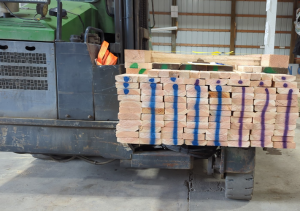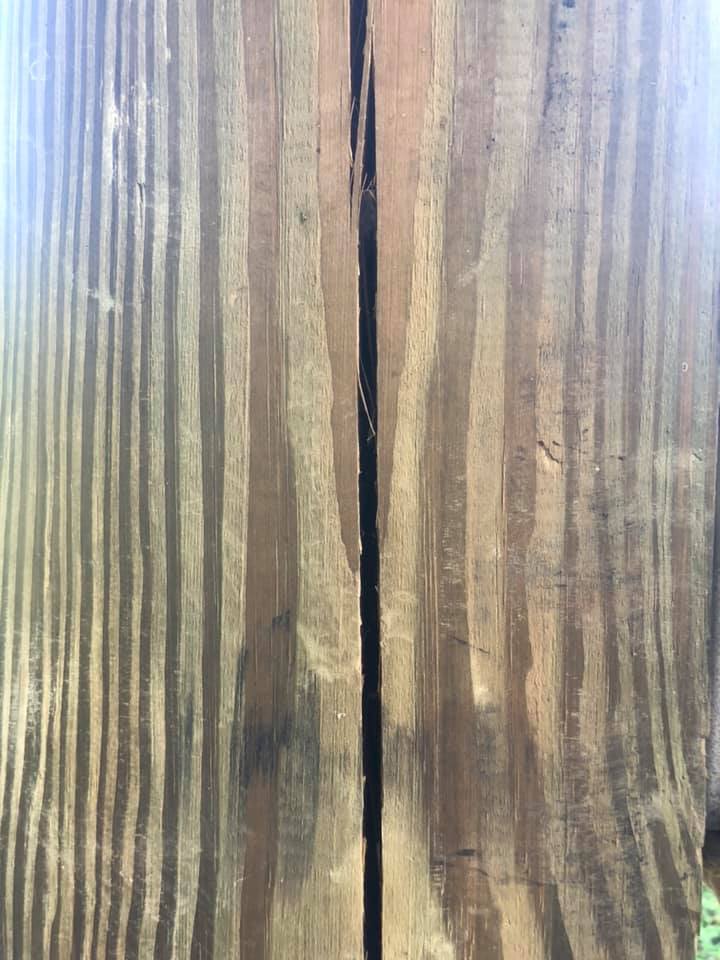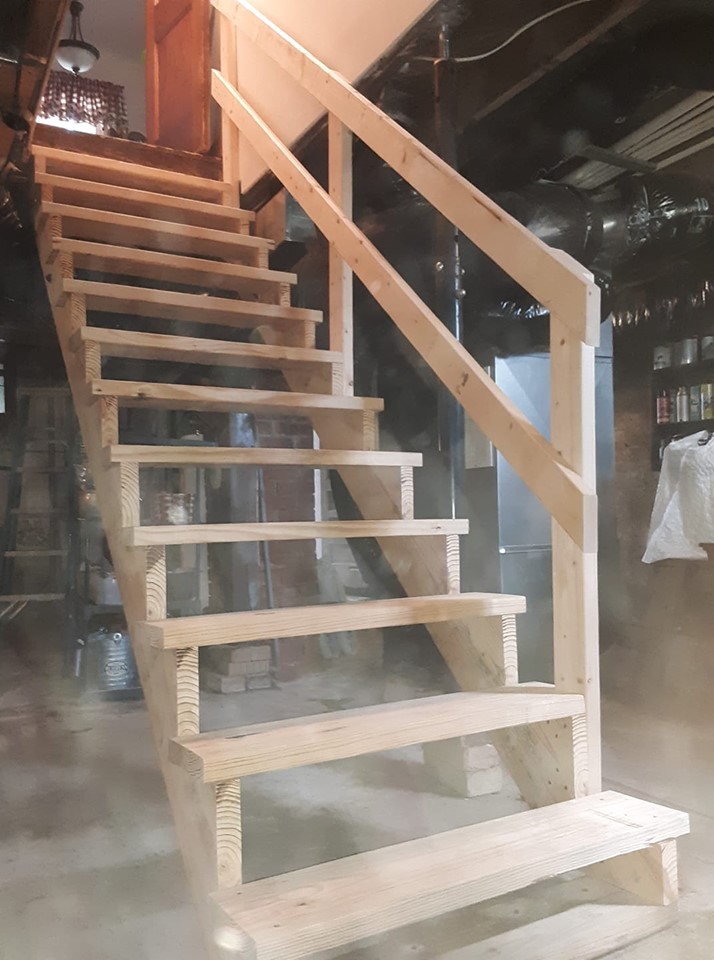What I Learned Today – Wood Preservative
Hansen Pole Buildings’ Designer Rachel had an interesting story today.
She reported, “A builder says he uses Borax around the bottom of the steel. I thought this was strange and he didn’t say why he was using it.”
Being the naturally curious sort, Rachel started researching on the internet, and this is what she found:
Pressure preservative treated lumber is what most of us recognize as a piece of treated wood. The treating process forces chemicals, under pressure, into the wood fibers – which inhibits decay by making the wood inedible to termites and impervious to mold and decay fungi.
 Rachel discovered raw (untreated) lumber can be manually treated with a solution of 10 ounces of 20 Mule Team® Borax dissolved and well mixed into a gallon of water. Once mixed, the Borax solution is to be sprayed onto lumber and a gallon should do about 250 board feet of lumber.
Rachel discovered raw (untreated) lumber can be manually treated with a solution of 10 ounces of 20 Mule Team® Borax dissolved and well mixed into a gallon of water. Once mixed, the Borax solution is to be sprayed onto lumber and a gallon should do about 250 board feet of lumber.
Me, being old enough to remember “Death Valley Days” presented by Ronald Reagan or Dale Robertson and narrated by Merle Haggard – this is the only other thing I associated with 20 Mule Team® Borax.
In doing further research, I found that boric acid of borate treatments kills the protozoa which live in the digestive tracts of termites. Since those protozoa are responsible for digesting the wood a termite eats, their death makes it impossible for termites to garner any nutrition from eating. However, unless borate treatments are applied when a structure is built, they should not be used. Borate treatments applied to established buildings are largely ineffective.
Some wood treating industry experts claim there is a wood preservative which is cost effective, performs well and is environmentally friendly, the “perfect” preservative – borates. The chemical was supposedly so non-toxic, one could drink it.
When CCA (Chromated Copper Arsenate) was generally removed from the marketplace (other than for limited specific uses), chemical companies began a mad dash to develop a binder which could prevent borates from leaching.
Attempts were made to encapsulate the borate in wood using sodium silicate to reduce its exposure to conditions which would leach the borate. Cost considerations to install equipment at the production level and increased treatment costs seem to be some reasons this ‘miracle borate’ did not advance within the industry.
In addition, the industry learned permanently locking borates into wood wasn’t necessarily a good thing. If borates stop migrating, they stop killing the fungi and insects. Borates don’t kill on contact, like spraying on a can of Raid. They act as a drying agent; they dry out the insides of an insect so it can’t eat any more. If borates are fixed permanently in the wood, experience has shown us the wood preservative will not be effective. The borate needs to be mobile in the wood in order for it to be efficacious against decay and termites. It may be possible to develop a semi-fixed borate where the diffusion process is greatly slowed down. So far, no developer of this style of borate wood preservative has opted to commercialize it, however.
While its solubility may prevent borates from becoming an all-purpose super-treatment, the same characteristic of preservative mobility also helps borates diffuse throughout the wood after treatment to effectively serve its protective purpose. The end use of the product is quite specific and limited: a service condition in above-ground applications which is protected from continued exposure to water.
My conclusion – the builder may be doing his “magic” by sprinkling 20 Mule Team® Borax around the base of a completed building, however the reality is, it is “far more show…than go”! Look for proper wood preservative methods by purchasing properly treated wood.









